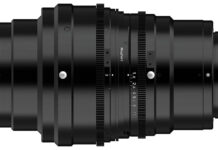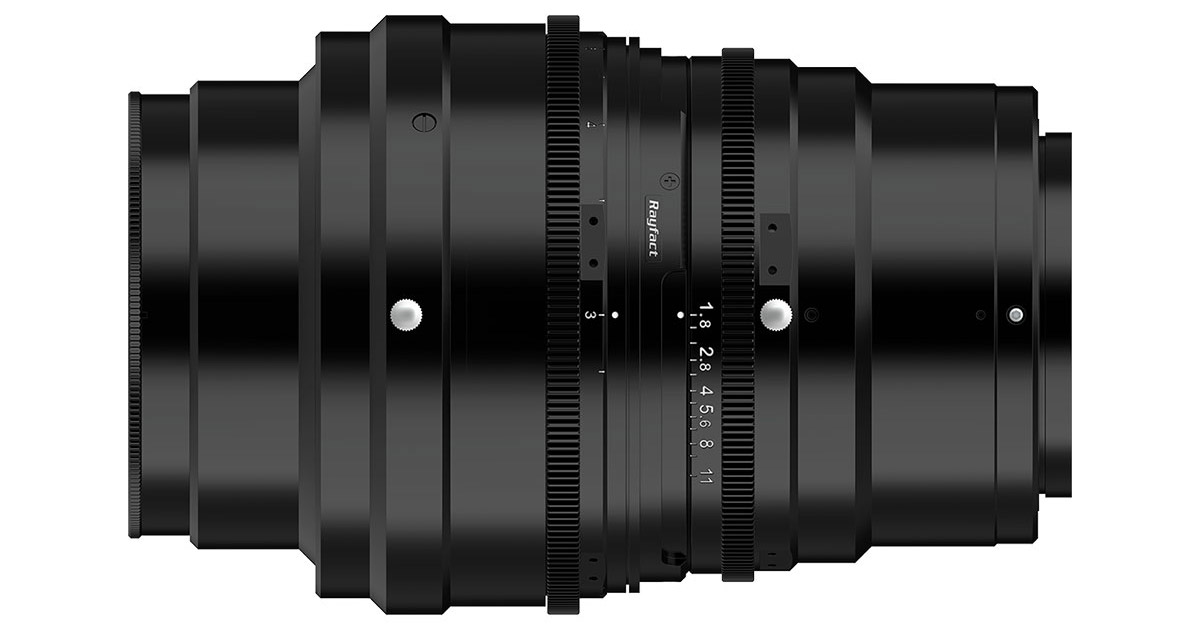Nikon Corporation has officially introduced two innovative lenses in its industrial lineup: the Rayfact RF3-6x variable magnification lens and the Rayfact RF3-6x prism-type variable magnification lens. These lenses are part of the Rayfact RF series and are designed to work seamlessly with high-resolution line scan cameras and large area scan cameras. This compatibility makes them particularly useful for examining the intricate patterns found on semiconductor wafers and flat panel display (FPD) substrates.
The primary focus of these new lenses is to aid in the precise visual inspection of microscopic patterns, especially those on advanced semiconductor packages and micro-LED panels. This is an area where accuracy and detail are crucial, and Nikon’s lenses aim to deliver just that. The new models promise improved resolution and image sharpness compared to their predecessors, enhancing their capability to detect minute defects. In addition, the Rayfact RF3-6x prism-type lens features an optical system specifically designed for incident illumination. This makes it highly adaptable to a variety of inspection scenarios and environmental conditions.
These lenses are set to make their debut at the 39th Nepcon Japan, a prominent exhibition taking place at Tokyo Big Sight from January 22nd to 24th, 2025. This event will provide an excellent platform for showcasing the lenses’ capabilities to industry experts and potential customers.
For those unfamiliar with the technical jargon, a line scan camera utilizes a single row of photosensitive sensors to capture an image by scanning the subject line by line. This method is particularly useful for inspecting long, continuous surfaces or objects. On the other hand, a large area scan camera uses a grid-like arrangement of photosensitive sensors to capture an image of a specific area all at once. This makes it ideal for applications where a broader field of view is required in a single shot.
New Product Overview
The new products announced are the Rayfact RF3-6x variable magnification lens and the Rayfact RF3-6x prism-type variable magnification lens. These are scheduled for order starting from February 1, 2025.
Main Features
The Rayfact RF3-6x lenses come with a host of features that set them apart:
- Variable Magnification Range: Both lenses offer a magnification range of 3x to 6x, providing flexibility in viewing different sizes of microscopic patterns.
- Consistency Across Magnification Range: The lenses maintain consistent performance with minimal variation, ensuring reliable results across the entire magnification range.
- Optimized Optics for High-Resolution Cameras: They are designed to maximize the performance of high-resolution large line sensor cameras, with a notable image circle diameter of 82mm.
- Bright and Clear Imaging: With an aperture of F1.8, the lenses provide bright and clear images, essential for detailed inspections.
- Optically Optimized Model: The prism-type lens includes an optically optimized model for placing prisms on the object side, featuring coaxial illumination with a thickness of 30mm.
- External Aperture and Floating Control: Equipped with gears on the aperture and floating rings, allowing for external control of these features.
The lenses are also compatible with large-size line sensors, specifically 3.5µx23K and 5µx16K, further expanding their usability in various inspection settings.
Main Specifications
Basic Specifications
- Model: BA01941/BA01951 (prism type)
- Operating Magnification Range: 3x to 6x
- F Number (∞): Ranges from F1.8 to F11
- Wavelength Range: 400 to 700 nm
- Image Size: 82mm diameter
- Mount: M67 (P=0.75) external screw
- Dimensions: 110mm diameter x 166.1mm length
- Weight: Approximately 2,450 grams
Optical Specifications
- Magnification Options: 3x, 3.5x, 5x, 6x
- Focal Length: Varies slightly from 108.9mm at 3x to 107.1mm at 6x
- Numerical Aperture (NA): Increases from 0.208 at 3x to 0.231 at 6x
- Object-to-Image Distance: Ranges from 593.3mm at 3x to 888.3mm at 6x
- Working Distance: Ranges from 93.3mm at 3x to 75.5mm at 6x
- Distortion: Less than or equal to 0.07%
- Relative Illumination: Greater than or equal to 90%
- Object Size: Ranges from 27.3mm at 3x to 13.7mm at 6x
These specifications are particularly for the prism-type variable magnification lens. Please note that they exclude the lock screw and mounting screw. The distortion and relative illumination metrics are measured at the maximum image height of 41.0mm and an aperture of F1.8.
In conclusion, Nikon’s new Rayfact RF3-6x lenses are poised to make significant contributions to the field of industrial inspection, especially in the domains of semiconductor and display technology. By providing high-resolution imaging capabilities and adaptable features, these lenses cater to the growing demand for precision and reliability in inspecting microscopic patterns. As these lenses hit the market, they are expected to be a valuable addition to the toolkits of professionals in industries where detail and accuracy are paramount. For further details, you can visit Nikon’s official website.
For more Information, Refer to this article.

































